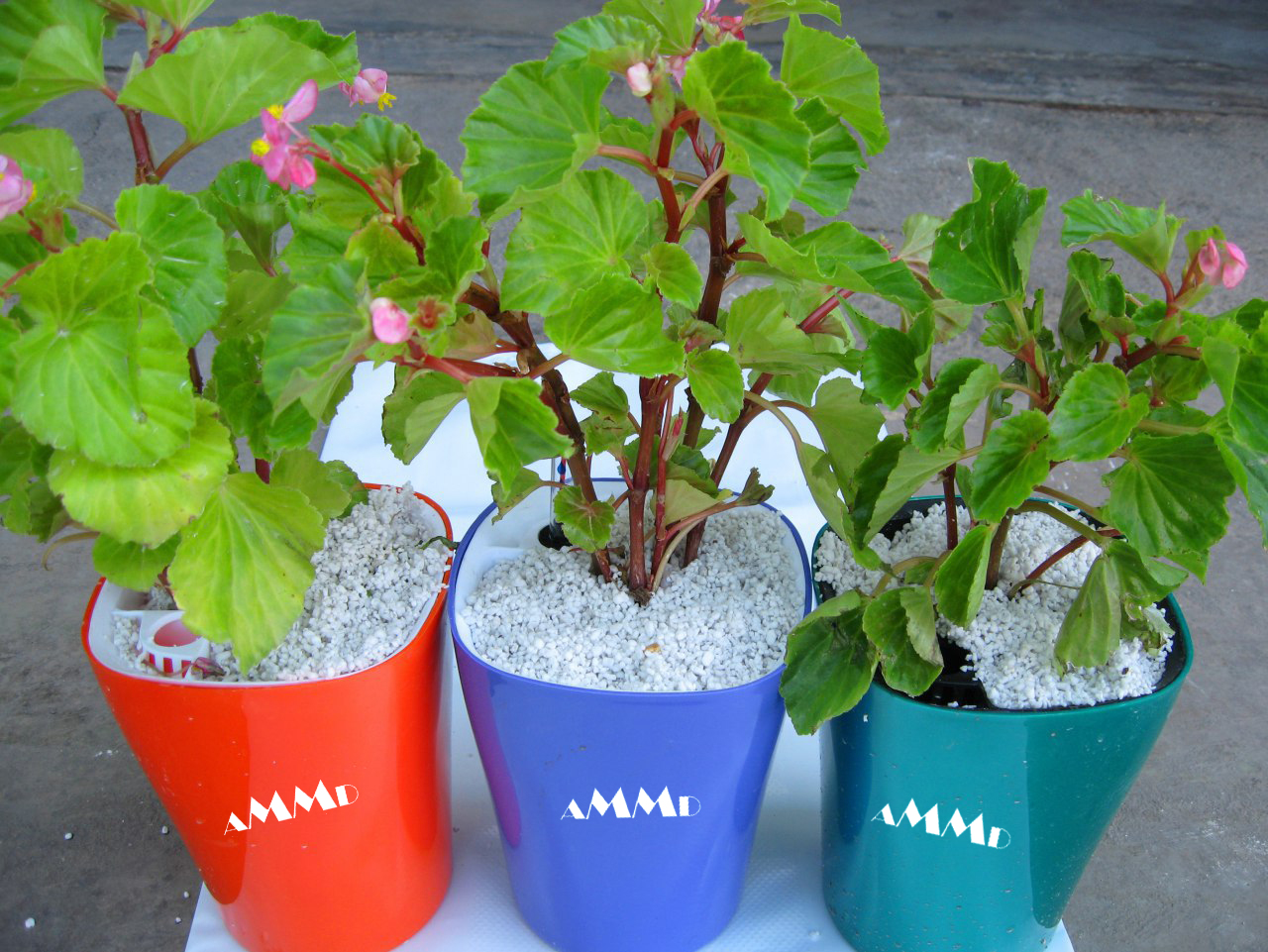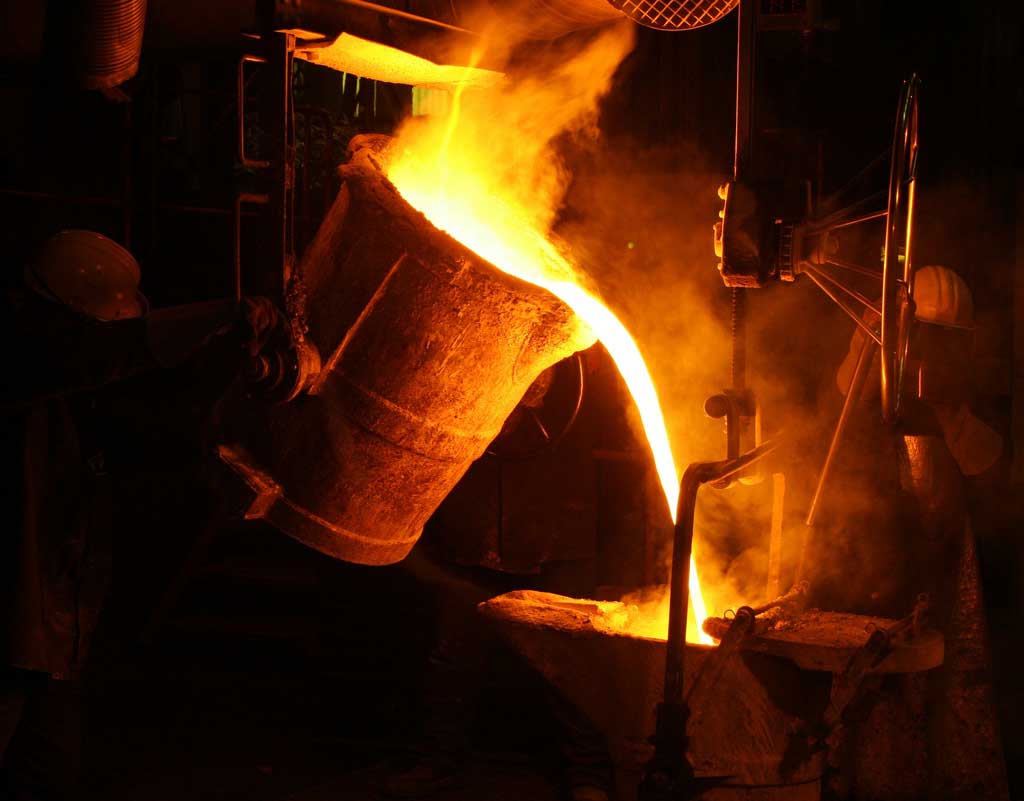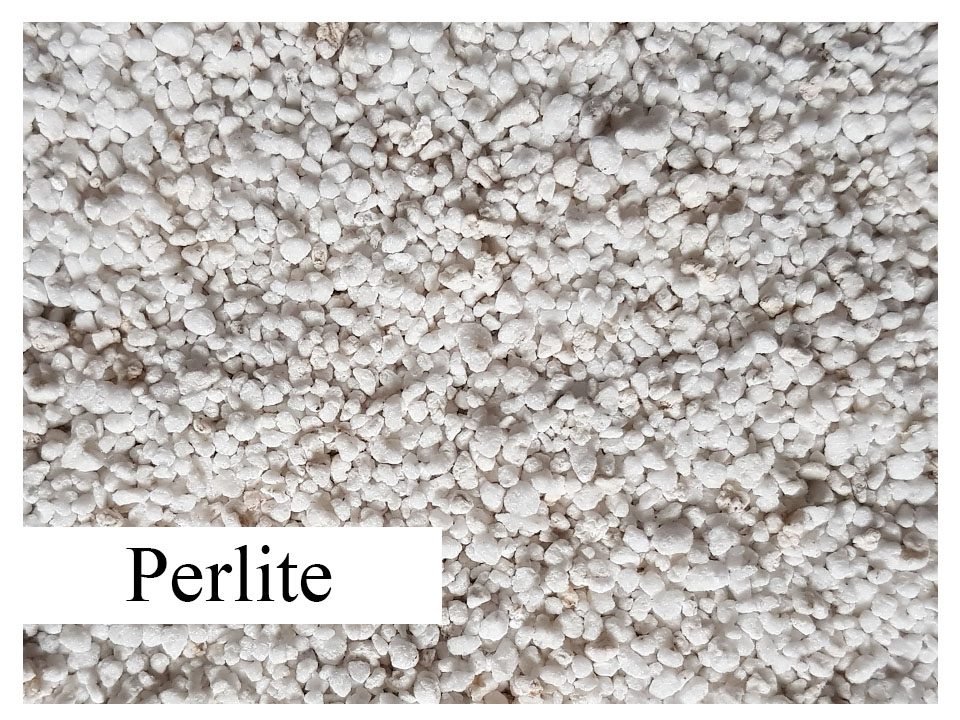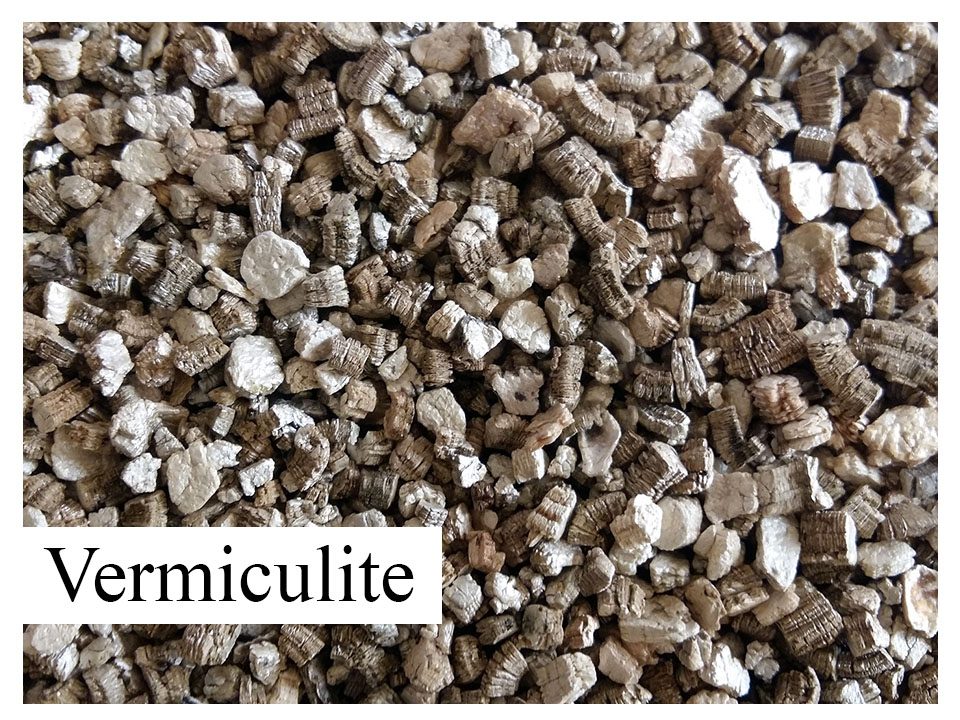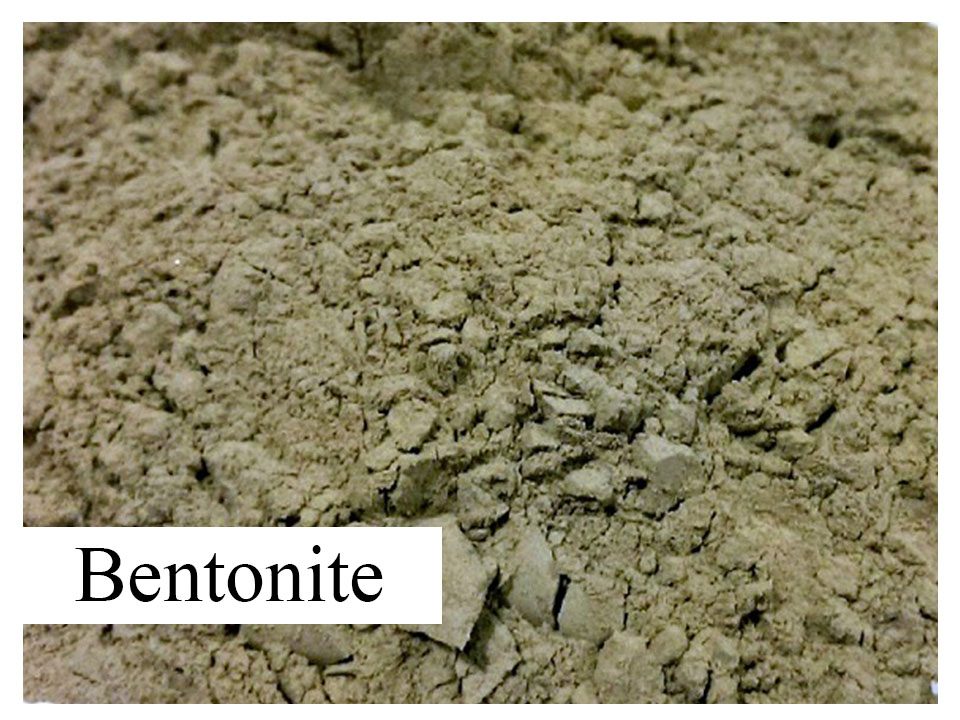PERLITE
The expanding properties of perlite have been known for almost 2,000 years. Defined as having 2 to 5 wt % combined water, perlite occurs worldwide in young, glassy, rhyolitic, high-silica volcanic rocks generally less than 60 million years old. Crushed and sized crude perlite expands or “pops” into anhydrous glass foam when heated quickly to plasticity at about 600” to 900°C while releasing steam from combined water. Very fine perlite is expanded into microspheres typically less than 100 micrometers in diameter. The industry may refer to any volcanic rock that expands as “perlite.” This includes obsidian (<2 wt % water), bloated in Japan, and pitchstone (>5 wt % water), expanded in Eastern Europe. The low density and porous texture of expanded perlite plus its low thermal conductivity, high sound absorption, and chemical stability give it many valuable commercial properties, especially in the construction industry. We are pleased to inform you that Our Company, Asia Mines and Minerals Development Company (AMMD co)., is the professional producer and supplier in expanded perlite of IRAN origin
Applications and uses for Perlite
Perlite Hydroponics and Gardening
For a long time, perlite has been known as a beneficial soil conditioner. The important properties of expanded perlite for use as a soil amendment are (1) chemical inertness, which results in the product remaining in the soil for a long time; (2) low CEC; and (3) a closed cell composition (bubbles) that resists compaction and enhances drainage. Perlite can retain two to four times its dry weight in water, giving it greater total inner porosity than sand. In addition, perlite aerates the soil, which allows air and moisture to get to the plant roots and is essential for optimum plant development. The uniform spherical size of expanded perlite resists compaction and increases permeability and drainage of the soil. Starting some 20 years ago at the West of Scotland Research Station, a hydroponic technique was developed using pure perlite for growing tomatoes. The technique really takes advantage of perlite’s excellent capillary action by using a reservoir to hold nutrient solution for the media to absorb.Perlite Well Cement
A lubricating mud consisting of water, clay, pozzolans and other materials is used to facilitate drilling of oil, gas, water and geothermal wells. this lubricating mud is forced out through the bottom of the drill casing and the space between the wellbore and the casing is cemented to prevent the intrusion of corrosive waters and other contaminants into the well. Well cementing materials such as diatomaceous earth, pozzolan, fly ash, and glass beads do not have the lightweight properties exhibited by perlite concrete unless concentrations of bentonite or gel, as it is referred to, are added to the cement. A disadvantage of large concentrations of a gel is that they are not compatible with heat. Because perlite cement is not affected by heat and little material is lost in cementing operations due to its ability to bridge voids, perlite cement provides a more effective and less costly well cement. the dry weight of perlite is only 8 lb/ft3 (128/kg/m3) as opposed to 25–100 lb/ft3 (400–1600 kg/m3)—the dry weight of the other materials.Perlite Cryogenic
For very large Dewars (tens to hundreds of cubic meter in volume), an alternate insulation system involves the filling of the annular space between the two shells with perlite powder. The powder serves two purposes: the reflective particles decrease the radiation transport of heat, and the many tiny spaces between the particles minimize the convection transport of the heat so that the vacuum requirements are much less demanding (1.3 Pa). The evacuated-powder insulation method is mainly used in larger vessels where it is easier to provide relatively thick insulation spaces, typically about one meter in thickness.Perlite Foundry Application
Expanded perlite is used as an insulating cover on the surface of the molten metal to prevent excessive heat loss during delays in pouring; to top off ingots; to product refractory blocks and bricks; and in important foundry applications such as lightweight castables. Perlite is often mixed (3-20% by weight) with exothermic powders and used in hot tops and risers to prevent shrinkage cavities in ingots and casting. Formed shapes are often employed which take the form of hollow cylindrical sleeves for risers and panels for hot tops. These shapes perform essentially the same function as a hot topping and risering powders and compounds. Perlite is added to foundry core and molding sand mixtures as a cushioning agent to compensate for the expansion of crystalline silica as it goes through phase changes at temperatures in excess of 1000 F (540 C). Casting defects such as buckles, veining, fissuring, and penetration are minimized and cleaning room costs are reduced. In addition, Perlite improves permeability of core sands thus reducing defects attributable to poor venting.


